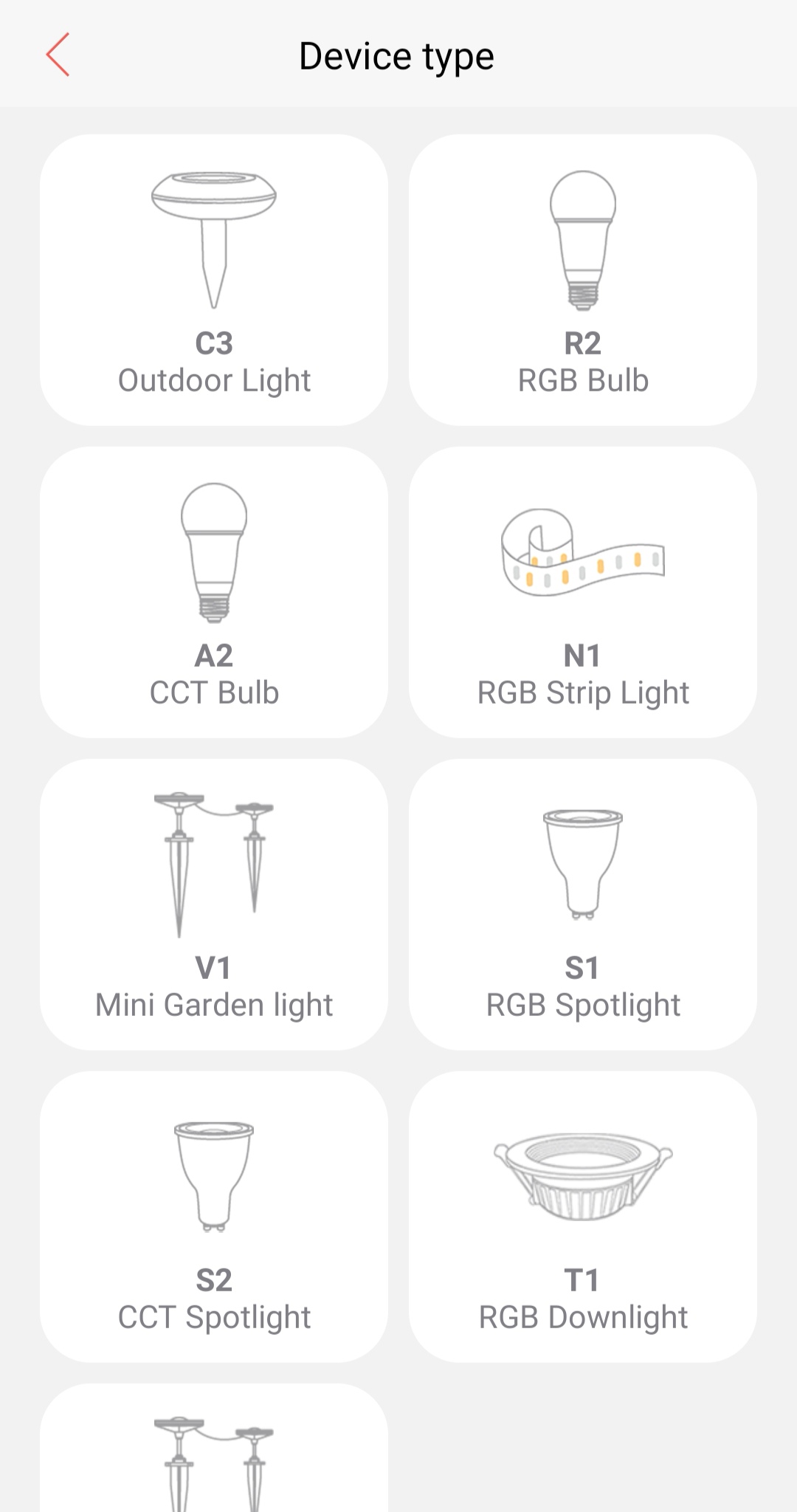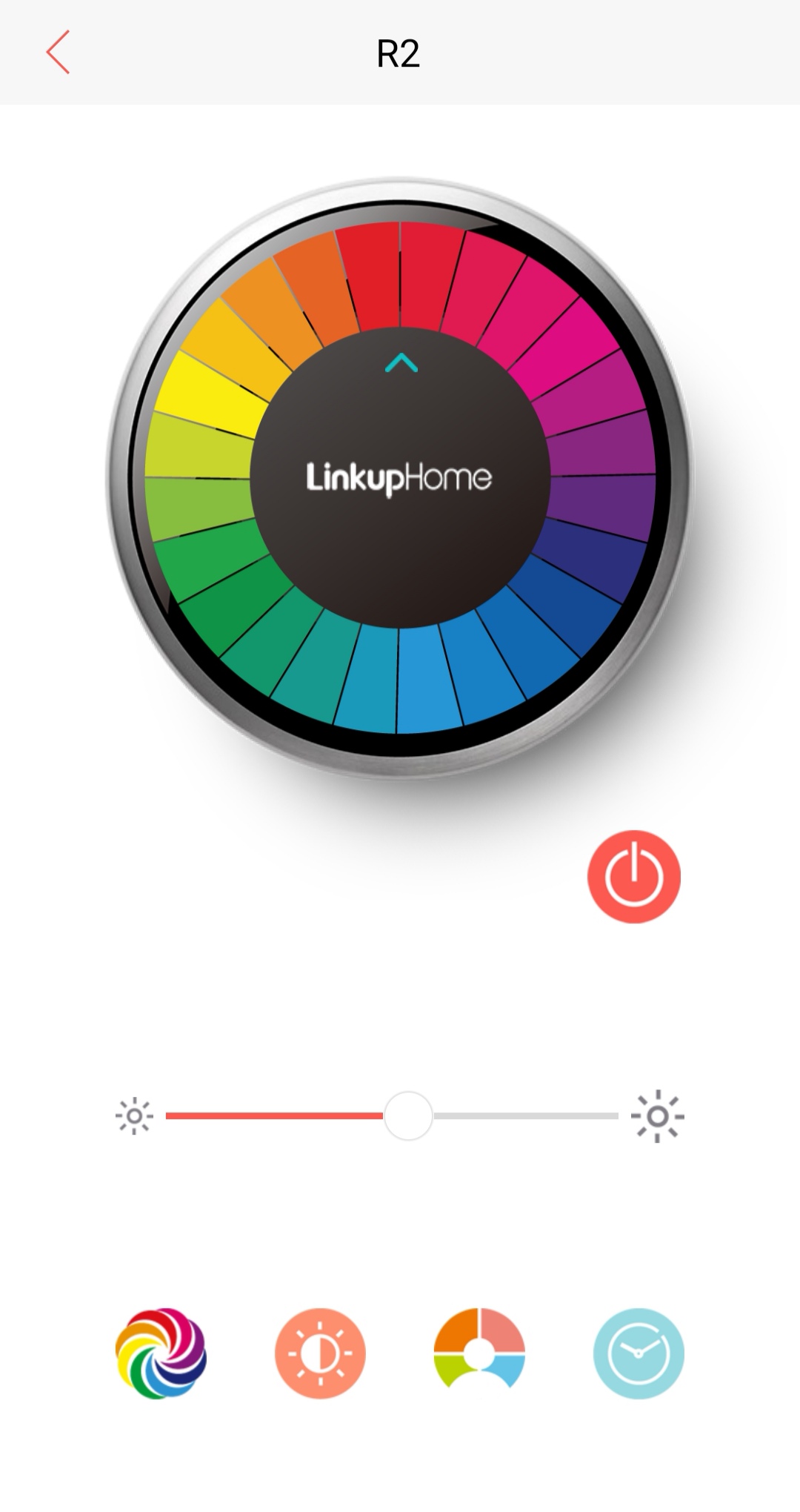Recently, the global mining giant Rio Tinto acknowledged the dim prospect of the aluminum industry and reduced the book value of its ALCAN division by US$9 billion. Rio Tinto’s chief executive, Abe, warned that the profit margin in the medium term may continue to be suppressed.
Rio Tinto's competitor BHP Billiton was even more pessimistic, saying that the company had stopped investing in aluminum business and had to reconsider the future of this business. BHP Billiton’s chief executive, Gorreith, said, “If there is no business that is no longer needed, it makes no sense to hang it on the balance sheet, we need to reconsider this (aluminum business). The business is clearly not a problem at the moment, we need It is noted that the weakening of the aluminum business (profitability) is caused by structural factors rather than cyclical phenomena."
From 2002 to 2006, the international aluminum price has been rising. The average spot price of LMEs is 1,350 US dollars per ton, 1431 US dollars, 1,716 US dollars, 1,898 US dollars, and 2,569 US dollars. Driven by price increases and capacity growth, the total profits of the aluminum smelting industry in 2004-2007 were 10.6 billion yuan, 11.9 billion yuan, 28.1 billion yuan, and 36.9 billion yuan respectively.
Under the lure of high profits, many countries including China have launched electrolytic aluminum projects. Since 2006, the investment in China's electrolytic aluminum projects has shown an upward trend year by year. By the end of 2010, the national electrolytic aluminum production capacity had reached 23 million tons, but the actual output was 15.6 million tons, and the utilization rate of equipment was only 70%.
At the same time as the overcapacity, the aluminum industry has been suffering from shrinking demand. In an interview, China Investment Advisor Metallurgical Industry Researcher Wei Qining pointed out that the current global economic situation is weak, the debt crisis in Europe is serious, and uncertain factors are still prominent in the short term. Due to concerns about global economic conditions and industry demand, a large number of metal prices have fallen directly. The combination of macro and micro environment has caused the global market downturn.
In January 2012, foreign analysts estimated that the market's excess supply will reach 600,000 tons this year and 2013 will also have a surplus of 415,000 tons. “The price of aluminum will not rebound significantly in 2012,†said Li Chunling, a non-ferrous metal analyst at the China Merchandise Productivity Promotion Center, in an interview with the reporter.
Under the imbalance between supply and demand, the profits of the aluminum industry have dropped dramatically. Analysts estimate that 30%-40% of global output is at a loss. In the past five years, the supply of the market has become oversupply, while the input price of raw materials has continued to rise, especially the price of electricity, which has caused the aluminum plant's profit margins to be hit hard. As a result, companies including Rio Tinto and Alcoa have cut their production capacity in order to balance the market. The compression of aluminum production seems to be a trend in the global market. Where does China, which accounts for 40% of the world's output, go from here?
Li Chunling said that the motivation of Chinese companies for cutting capacity is not great. According to the production characteristics of aluminum, the reduction in production will make the company more lossy. Therefore, as long as there are meager profits, companies will continue to produce, there will be no power to reduce production. A large number of shut down refineries in the current Chinese market is certainly not realistic.
Wei Qining also pointed out that Rio Tinto's and BHP Billiton's output reduction is a big plus for China's aluminum industry. On the one hand, the production cuts of several major manufacturers may have a certain stimulating effect on aluminum prices, which in turn will help boost the domestic market. On the other hand, it can stimulate our country to accelerate self-sufficiency.
From the "12th Five-Year Plan" non-ferrous metal industry development plan, China's aluminum industry is unlikely to reduce production. The plan proposes that during the “Twelfth Five-Year Plan†period, development will be dominated by control. During the “Twelfth Five-Year Plan†period, the added value (comparable price) of the non-ferrous metals industry increased by 10% annually, and the annual growth rate of the output of 10 non-ferrous metals was controlled at around 8%.
However, it is necessary to prevent that the global market downturn will bring risks to the development of China's aluminum industry. The pace of development of China's aluminum industry should be appropriately slowed down, and even recycled. Li Chunling said that in 2012, China's aluminum industry may have the possibility of passive production cuts. Enterprises should be psychologically prepared and take this opportunity to upgrade the industry, eliminate backward production capacity, and enhance product competitiveness.
Smart RGBW bulbs add RGB colorful light based on the traditional warm light, they are suitable for home, bars and offices. No need to install the cable lines again, once the bulb is installed on the lamp holder, just turn on the switch, the traditional lighting can be immediately upgraded to smart RGBW lighting, you can enjoy the convenience and interest brought by smart lighting.
Users can choose the light mode according to time, scene, mood, and also can adjust the brightness, color temperature and color of the light. With the grouping function on the App, each group can control up to 48 products, users can set 7-8 groups on one App, total around 350 products can be controlled via one App. You can set the light turn on / off time by the timing function. Using energy-saving and high-quality LED lamp beads, the light source is stable without stroboscopic, the effective life can be more than 20000 hours. Our LED products can meet global quality standards and pass European testing by TUV Rheinland. Bulbs have certifications such as EMC, RED, LVD, ROHS, REACH, ERP and FCC.
The App are developed on the most advanced Bluetooth Mesh technology. [LinkupHome" App can be downloaded in the App store or Google Player, then you can control our product without any complicate steps. The App is stable, easy control and multifunctional.


The advantages of Bluetooth Mesh are fast connect, low power consumption, no password required and Ad-Hoc Network. No need WIFI and hubs, as long as you have a Bluetooth-enabled smart phone, you can experience the smart light. When you install several smart bulbs, the self-organizing network function can make the signals free connect, break the limitation of distance.
Product Parameters
Description: Bluetooth Mesh RGB Bulb with APP
Bluetooth: CSR Bluetooth Mesh
Control Qty: 1-48 pcs
Control distance: 20m
Product dimension: Dia66mm * H122mm
Material: PC & Aluminum & Nylon
Working Voltage: 100-240V
Frequency: 50/60Hz
Color Temperature: RGB+Warm White (3000K)
LED Power: 9.5W (710lm)
Base Type: E27/E26/B22 available
Warranty: 2 Years
Certification: CE(EMC,RED), ROHS,FCC
Color box size: 15.3*7.4*7.4cm
G.W. of Unit: 0.22kg
N.W. of Unit: 0.18kg
Phone Controlled Light Switch,Phone Control Bulb,Smart Wireless Light,Group Control Bulb
Ningbo Homey Photoelectric Technology. Co., Ltd , https://www.linkuphome.com